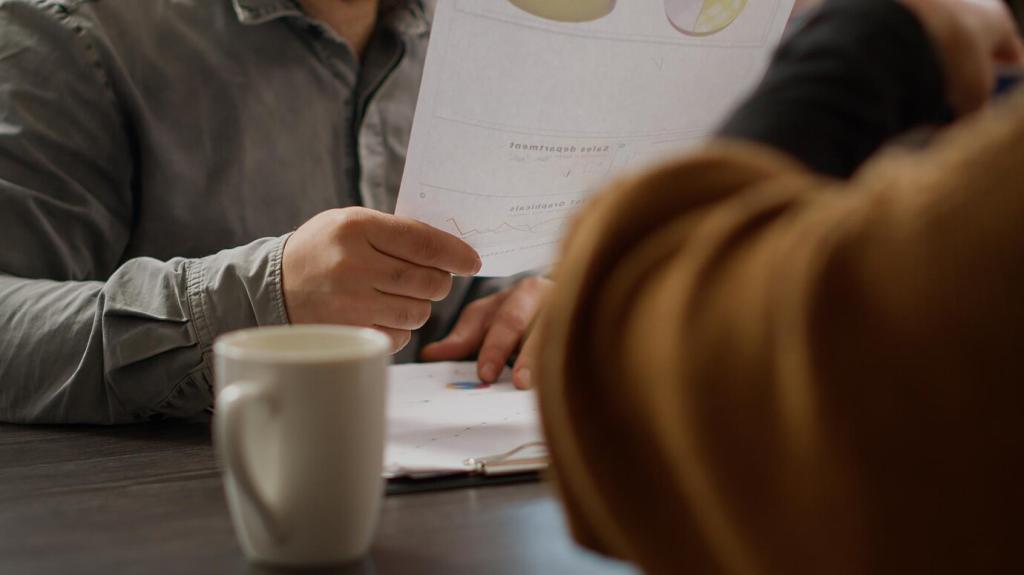Product Pitfalls: Harsh Chemicals and Silicone Polishes
Silicone polishes create a slick, short-lived gloss but migrate into pores, causing fish-eye defects during future refinishing. Conservators dread it because removal is tedious. Check labels for dimethicone or “siloxane.” Have a silicone-free favorite? Recommend it in the comments.
Product Pitfalls: Harsh Chemicals and Silicone Polishes
Every finish behaves differently—shellac, oil varnish, and lacquer each react to solvents in unique ways. Always test cleaners and waxes under a drawer or chair seat. Share your go-to test method and what you look for before proceeding across the whole surface.







